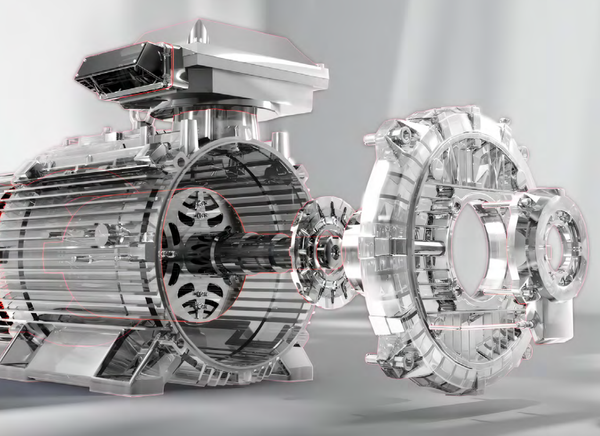An article of faith

The European Parliament has voted in favour of cutting net emissions by 90% compared to 1990 levels by 2050, backing an earlier agreement reached by the European Council.
The plan also means that starting in 2036, up to 5% of the emission reduction can be achieved through the purchase of international carbon credits; an increase from the 3% proposed by the Commission in the summer. Essentially it means that the EU's domestic target now involves an 85% reduction in net emissions compared to 1990 levels. Still tough to achieve through domestic emission reductions, but not as bad, nor as costly, as aiming for a 90% reduction.
But wait! Wasn't this a disaster for the EU before?
Beginning in 2010, obligated emitters in the EU emissions trading scheme were allowed to use international carbon credits - those generated under the UN’s Clean Development Mechanism (CDM) and Joint Implementation (JI) programme - to offset up to 4.5% of their verified emissions.
There were two big problems.
First, the quantity limit of international credits turned out to be much too generous. The economic impact of the 2008/09 Great Financial Crisis (GFC), coupled with Japan’s retreat from its climate targets following the Fukushima nuclear accident in 2011 resulted in an enormous influx of cheap carbon credits, estimated to be in the region of 1.6 Gt CO2.
Second, the quality of the carbon credits was also found wanting. In 2016, The environmental research non-profit Öko-Institut published a report in which it concluded that the “large majority of the projects registered and CERs [Certified Emissions Reductions] issued under the CDM are not providing real, measurable and additional emission reductions”, adding that the CDM has “fundamental flaws in terms of overall environmental integrity”.
The price of CER credits - remember they had monetary equivalence with EU emission allowances (EUAs) - dropped from €25 per tonne CO2 in 2008 to €10 per tonne CO2 in 2011, before then crashing to a low of €0.50 per tonne CO2 in 2012.
The knock-on impact on the EU carbon market still lingers to this day, despite policy interventions such as the Market Stability Reserve (MSR) that were introduced to curb the oversupply. Until 30th April 2021 it was still possible to use international carbon credits to meet compliance (for calendar year 2020), but thereafter the EU ETS has been solely based on a domestic emissions reduction target.
Given that experience why has the EU now agreed to introduce international credits again?
First, to help contain the cost of meeting Europe's 2040 climate targets. As the decision to delay ETS2 by one year, along with measures to keep a lid on its carbon price demonstrates, EU member states are acutely aware of the risk of a backlash if climate policies result in politically untenable price rises. As emissions abatement moves towards activities higher up the marginal abatement cost curve, the carbon price necessary to incentivise emission reduction will begin to escalate more rapidly (see Softening the blow).
Read the rest of this article with a 30-day free trial*
*and get access to the entire archive!





